As its name suggests, this caterpillar has a wide collar around its neck that is yellow, but it may also appear a bit brown or orange. While the head is black, the body changes color as it matures. Young caterpillars are yellow-green with red patches. The body becomes reddish-brown and yellow stripes develop down the length of it. Eventually, the body becomes black, the stripes become white, and its upper legs are bright orange. Fine, white long and short hairs cover the entire caterpillar, but they do not sting. When disturbed, the caterpillar bends its head and rear end upward, creating a 'U' shape with its body. Despite this defensive posturing, the caterpillar is harmless to people.
In July, females lay white spherical eggs on the underside of leaves. Each egg has a black pinpoint in the center of it. Emerging larvae are voracious eaters and chew through leaves quickly while grouped, eventually leaving only the petiole, or stalk. A variety of trees provide leafy food for this species. Apple, crabapple, basswood, elm, oak, birch, walnut, witchhazel, and willow all serve as host plants, and the feeding habits do not cause significant damage to mature trees, but this species is a pest in orchards. After gorging on foliage, the mature caterpillar moves to the ground and digs down a few inches to pupate overwinter. The adult moth emerges the next spring.©CaterpillarIdentification.org
The map above showcases (in blue) the states and territories of North America where the Yellow-necked Caterpillar may be found (but is not limited to). This sort of data can be useful in seeing concentrations of a particular species over the continent as well as revealing possible migratory patterns over a species' given lifespan. Some species are naturally confined by environment, weather, mating habits, food resources and the like while others see widespread expansion across most, or all, of North America.*NOTE: States/Territories shown above are a general indicator of areas inhabited by the Yellow-necked Caterpillar. Insects generally go where they please, typically driven by diet, environmental changes, and / or mating habits.
| |
The CaterpillarIdentification.org logo, its written content, and photography are unique to this website (unless where indicated) and is protected by all applicable domestic and international intellectual property laws. The material presented across this site is for entertainment value and should not be construced as usable for scientific research or medical advice (insect bites, etc...) Please consult licensed, degreed professionals for such information. By submitting images to us (CaterpillarIdentification.org) you acknowledge that you have read and understood our as it pertains to "User-Submitted Content". Images can be submitted to caterpillaridentificationorg at gmail.com. No A.I. was used in the generation of this content.
Part of the Insect Identification network of sites that includes , , , and .
©2024 www.CaterpillarIdentification.org • All Rights Reserved • Content ©2019-2024 (5yrs)






















































